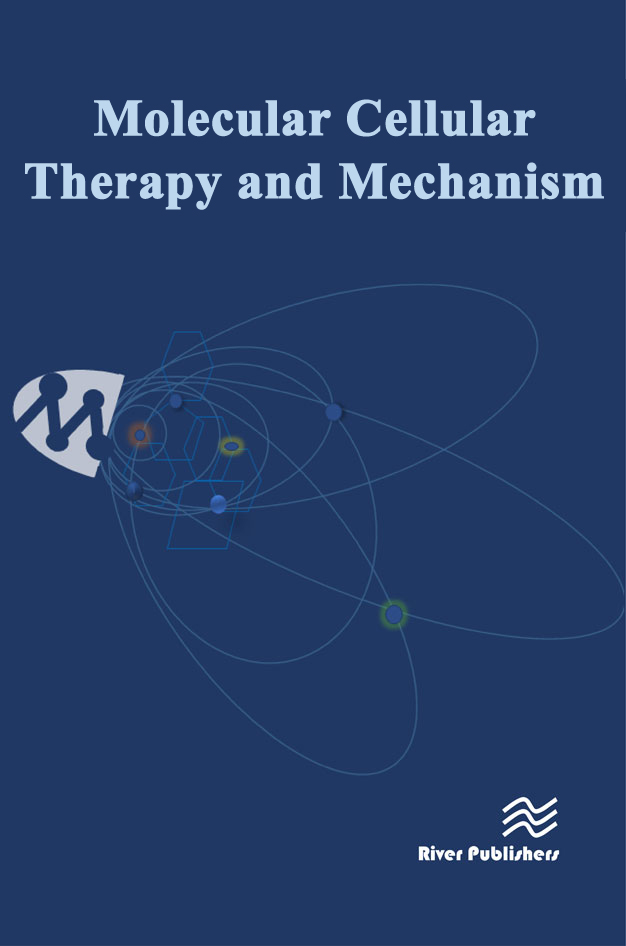The Wnt/β-catenin pathway in human fibrotic-like diseases and its eligibility as a therapeutic target
DOI:
https://doi.org/10.13052/s40591-015-0038-2Keywords:
Wnt pathway, Adenomatous polyposis coli, Beta-catenin, Inflammatory factors, Fibrosis, Desmoid-like fibromatosisAbstract
The canonical Wnt signaling pathway is involved in a variety of biological processes like cell proliferation, cell polarity,
and cell fate determination. This pathway has been extensively investigated as its deregulation is linked to different
diseases, including various types of cancer, skeletal defects, birth defect disorders (including neural tube defects),
metabolic diseases, neurodegenerative disorders and several fibrotic diseases like desmoid tumors. In the "on state",
beta-catenin, the key effector of Wnt signaling, enters the nucleus where it binds to the members of the TCF-LEF
family of transcription factors and exerts its effect on gene transcription. Disease development can be caused by
direct or indirect alterations of the Wnt/β-catenin signaling.
In the first case germline or somatic mutations of the Wnt components are associated to several diseases such as
the familial adenomatous polyposis (FAP) - caused by germline mutations of the tumor suppressor adenomatous
polyposis coli gene (APC) - and the desmoid-like fibromatosis, a sporadic tumor associated with somatic mutations
of the β-catenin gene (CTNNB1).
In the second case, epigenetic modifications and microenvironmental factors have been demonstrated to play a
key role in Wnt pathway activation. The natural autocrine Wnt signaling acts through agonists and antagonists
competing for the Wnt receptors. Anomalies in this regulation, whichever is their etiology, are an important part in
the pathogenesis of Wnt pathway linked diseases. An example is promoter hypermethylation of Wnt antagonists,
such as SFRPs, that causes gene silencing preventing their function and consequently leading to the activation of
the Wnt pathway. Microenvironmental factors, such as the extracellular matrix, growth factors and inflammatory
mediators, represent another type of indirect mechanism that influence Wnt pathway activation. A favorable
microenvironment can lead to aberrant fibroblasts activation and accumulation of ECM proteins with subsequent
tissue fibrosis that can evolve in fibrotic disease or tumor.
Since the development and progression of several diseases is the outcome of the Wnt pathway cross-talk with
other signaling pathways and inflammatory factors, it is important to consider not only direct inhibitors of the Wnt
signaling pathway but also inhibitors of microenvironmental factors as promising therapeutic approaches for several
tumors of fibrotic origin.


